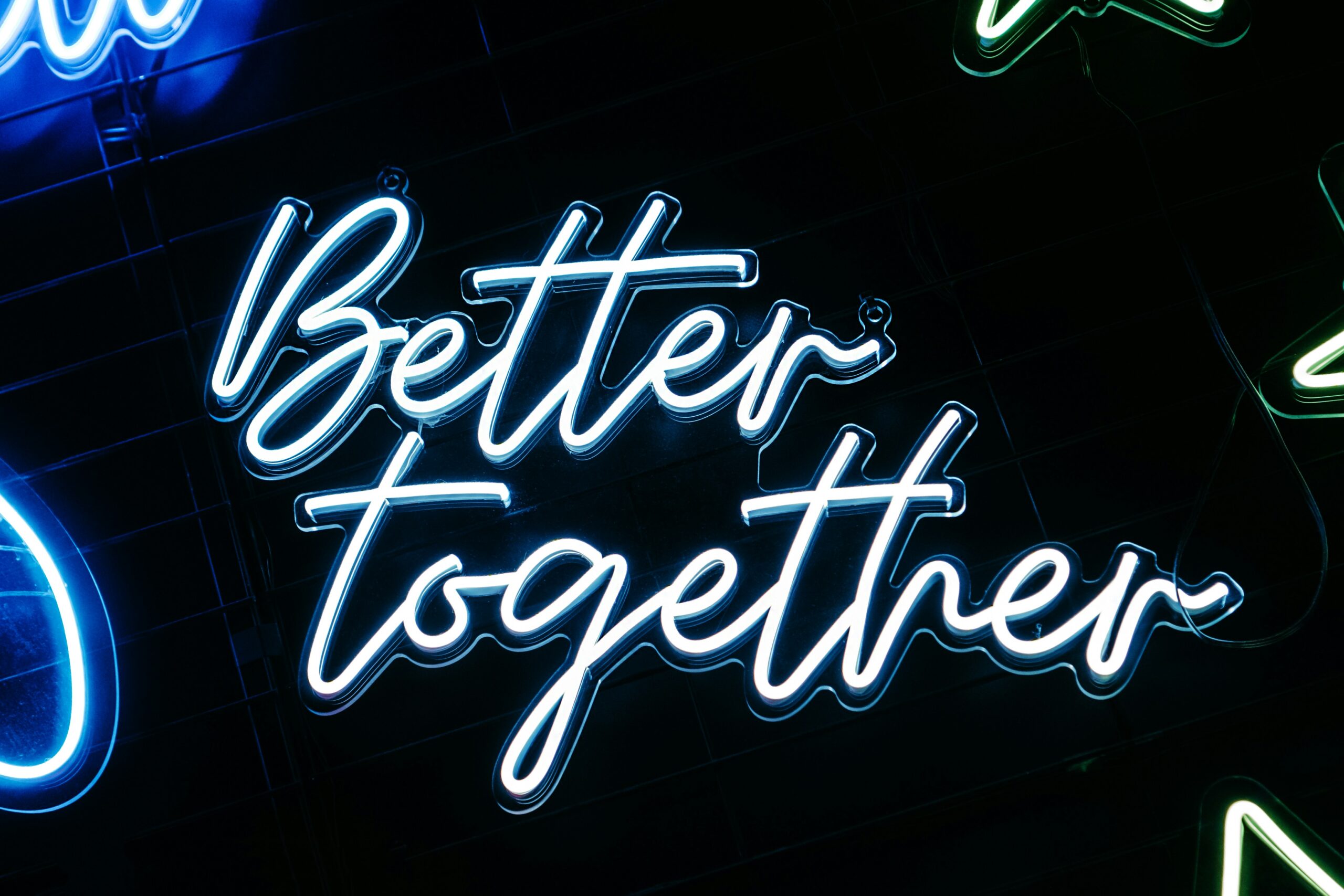As marketers, we’ve never had more tools at our disposal. Generative AI helps those that want to use it churn out copy in seconds. Recommendation engines are predicting what our customers want even before they know it themselves. And we’ve got dashboards tracking everything… from sentiment, conversions and intent in dizzying detail.
But we’re increasingly grappling with the uncomfortable question: in the rush for scale and efficiency, have we forgotten how to actually connect with people?
A long-time strategist I follow and sharp observer of the industry, Robert Rose, thinks we have.
“Just because something feels personalised doesn’t mean it’s personal, and it certainly doesn’t mean it’s more human,” he said in a video recently shared on LinkedIn.
In Rose’s view, marketers have slipped into producing what he calls “polished, plausible emptiness” – content that’s slick on the surface but hollow underneath.
The culprit?
Our growing obsession with what’s being called “authentic AI”.
The problem with “authentic AI”
In the past couple of years, Generative AI has rapidly become marketing’s darling. Tools like Jasper and Midjourney promise content on demand. And personalisation platforms claim to deliver “authentic experiences at scale”.
Yet like me, Rose bristles at the phrase “Authentic AI.” As he rightly said in his video, “It’s a kind of an oxymoron.” How can we use AI to deliver meaningful content experiences at scale, that’s genuinely authentic? And aren’t we trying to automate something that, at its core, should be fundamentally human – relationships?
It’s not that this technology isn’t useful. It really is. The problem comes when we use it as a substitute rather than a support. If we continue to strip away the human layer – you might get polish, yes. But you might also get what Rose calls, “efficient irrelevance” too.
So, maybe the boldest thing we can do in 2025 is stop chasing artificial “authenticity” and relearn the basics of audience building.
That means listening more than segmenting. Showing up even when you don’t have the perfect answer. Measuring trust and loyalty, not just clicks.
“Good marketing has always been about just showing up,” he said. “In 2025, the invitation we have now is bigger than that. It’s about creating moments that feel real in a world that doesn’t.”
Community building as a marketing strategy
Someone who knows a thing or two about showing up is the former Microsoft community building veteran, Laurie Pottmeyer. She’s spent years demonstrating what community looks like in practice.
After nearly two-decades at Microsoft, where she turned global programmes, that connected thousands of people: employees, customers, partners, into thriving communities, she said, “If people expect you to be in the room when they walk in and you’re not in the room, they’re not going to keep coming back to that room.”
That trust isn’t built through one campaign. It’s earned by turning up, again and again.
What thriving communities look like
Pottmeyer doesn’t define community success by numbers. But by its independence.
“Whoever’s running the community doesn’t have to be a [subject matter] expert. They need to be an expert in the people… you have to be a master connector if you’re driving a community.”
And a successful community is one that belongs to the members, not the brand.
A turning point in one of the communities she built, she recalls in her recent interview with Bright Star, was when conversations started happening without her. “When I really realised it was successful was when they were having conversations without me.”
And the results went way beyond engagement metrics. The Microsoft communities she started influenced product features and created networks of trust that outlasted any campaign.
Use AI as a bridge, not a substitute
Neither Rose nor Pottmeyer dismiss AI. They just want it in the right place.
Rose frames it as a co-pilot, helpful for drafting, analysing, or surfacing insights, but never the one telling the story.
Pottmeyer is on the same page. “If we can use AI as more of a bridge and not a substitute to community, I think that’s great… It’s not about getting a faster response, it’s about feeling heard.”
In other words: AI can help you scale, but it can’t help you care.
How to use AI for marketing in 2026
So, what can we, as marketers, take from this? Insights from Rose and Pottmeyer point to five shifts that matter.
-
Make AI the co-pilot, not the driver
Let AI handle the heavy lifting. But keep the voice, the empathy, the story human.
-
Show your work
Audiences want transparency, not polish. Open up about how you make decisions, be honest when you don’t know, and let the people behind the brand voice shine through.
-
Rethink “personal”
Personalisation is more than name-dropping. True personal means resonance: giving people something they didn’t know they needed until they saw it.
-
Build for independence
A community doesn’t thrive because you control it. It thrives when it flourishes without you. When members connect with each other, you’ve succeeded.
-
Measure meaning, not motion
Clicks and conversions show activity. Trust, loyalty and affinity show impact. They’re harder to track, but they’re what really matter.
Take your marketing back to human connections
The paradox of modern marketing is this: the more we automate, the more we risk losing the very thing we’re trying to achieve. Connection.
For all the tools at our disposal, the fundamentals haven’t changed. Content marketing still comes down to people feeling seen, heard, and valued.
So, if you want to stand out in 2025, let AI do the lifting. But let humans do the talking. Build communities, not just campaigns. And measure the trust you earn, not just the clicks you capture.
Because in the end, audiences don’t remember the most optimised campaign. They remember how you made them feel.
Clicks come and go, but trust endures. If you’re ready to build human connection into every part of your marketing, let’s talk.

